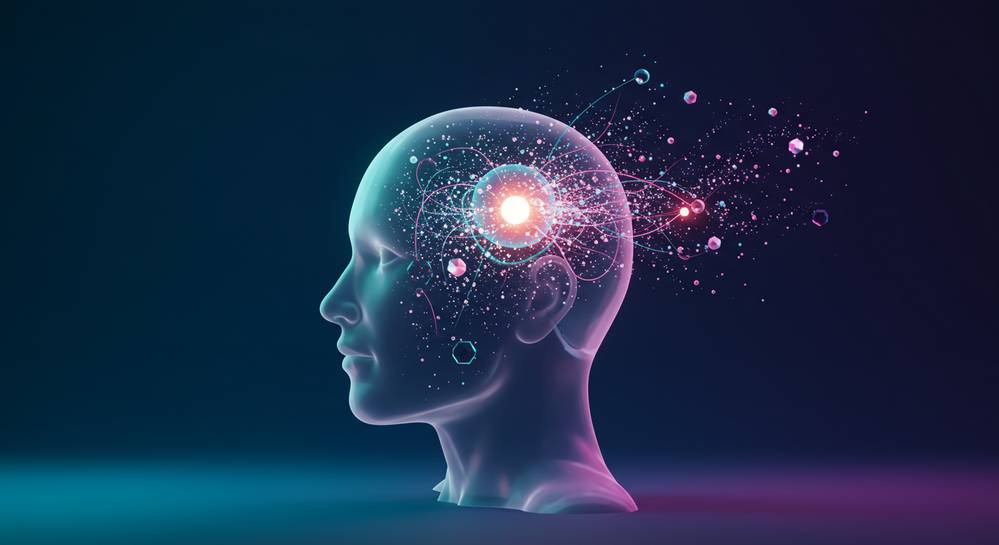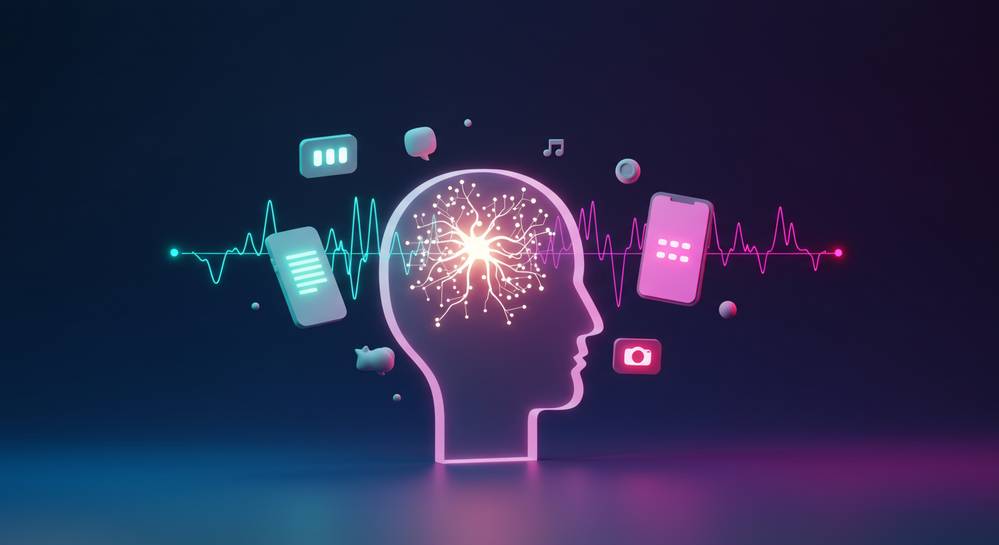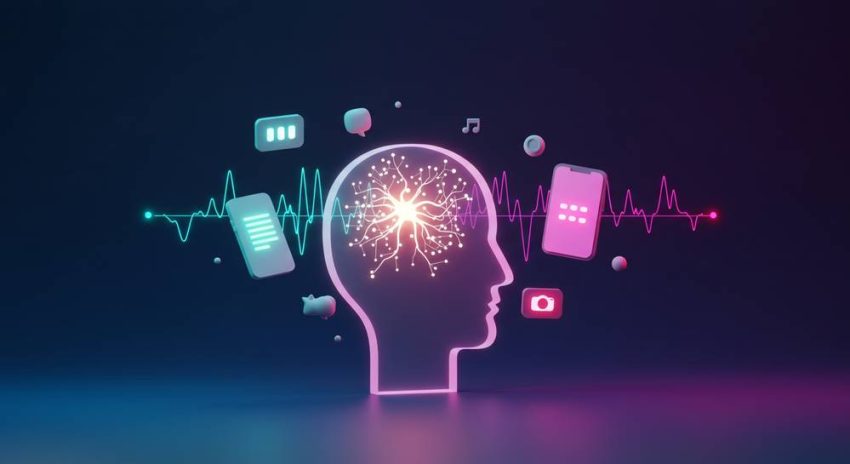The conversation around mindfulness has evolved far beyond simple stress relief. As scientists explore its deeper mechanisms, recent updates on mindfulness research are uncovering profound effects on brain structure, cognitive function, and emotional resilience. This article delves into the most significant breakthroughs, offering a clear view of where this transformative practice is heading and what it means for our daily lives.
Beyond stress reduction the new frontiers of mindfulness science

Latest updates on mindfulness research and cognition
While stress reduction is a known benefit, the latest updates on mindfulness research reveal a shift towards active cognitive enhancement. Scientists now focus on how these practices directly train the mind. This new frontier investigates specific improvements in mental faculties, moving beyond passive relaxation to active mental conditioning and resilience building.
The primary focus is on two key areas. First is cognitive flexibility, the brain’s ability to adapt and switch between different concepts or tasks. The second is attentional control, which is the capacity to maintain focus and ignore distractions. These are not just abstract benefits; they have tangible impacts on daily performance and mental clarity.
This research reframes mindfulness as a powerful tool for mental fitness. It provides a practical path for anyone seeking a proactive way to improve mind health. The evidence suggests we can actively shape our cognitive abilities, not just soothe our stress.
Mindfulness and the brain neuroplasticity insights

Technological advancements in neuroscience provide a clear window into the brain. The latest updates on mindfulness research offer compelling visual evidence of its impact. Using functional magnetic resonance imaging, or fMRI, researchers have observed tangible changes in brain structure and activity in long term practitioners. These findings move the benefits of mindfulness from subjective reports to objective, measurable science.
Decreased amygdala activity
The amygdala is the brain’s alarm system for fear and emotional responses. Neuroplasticity insights show this area becomes less reactive in mindful individuals. This physical change directly correlates with lower stress levels and greater emotional stability. It provides a concrete neurological basis for the psychological benefits often reported by practitioners.
Increased prefrontal cortex density
Conversely, the prefrontal cortex shows increased gray matter density. This brain region governs decision making, attention, and self awareness. Strengthening these neural pathways enhances higher order thinking and emotional regulation. This demonstrates that consistent practice forges a direct undefined through physical brain changes.
The rise of digital mindfulness and its effectiveness

The digital health revolution has brought mindfulness to millions through mobile applications. Initially met with skepticism, a growing body of research is now validating the effectiveness of these digital interventions. The latest updates on mindfulness research involve systematically evaluating apps and analyzing user data to measure concrete outcomes, solidifying their role in modern wellness.
- Accessibility and consistency: Studies confirm apps promote consistent practice by making mindfulness accessible anywhere, anytime. This regular engagement is crucial for achieving long-term neuroplastic changes and benefits.
- Guided interventions: Structured programs within these apps have been shown to effectively reduce symptoms of anxiety and depression. Their impact is sometimes on par with traditional introductory programs, providing scalable undefined.
- Data-driven personalization: The future frontier is leveraging user data to create personalized mindfulness journeys. This involves adapting content to an individual’s specific needs and progress, making the practice more targeted and effective.
Practical applications in education and corporate wellness
The evidence base for mindfulness has grown strong enough to drive its adoption in institutional settings. Research is no longer just academic; it actively informs program development in schools and workplaces. These practical applications are a major focus of the latest updates on mindfulness research, translating theory into tangible, real-world outcomes with measurable benefits.
Mindfulness in educational settings
In education, studies consistently show mindfulness curricula improve students’ attention spans and self-regulation. This leads to fewer classroom behavioral issues and enhanced social-emotional learning. Consequently, schools are integrating short, daily mindfulness exercises into their routines, creating calmer and more focused learning environments for everyone involved.
Corporate wellness and performance
In the corporate world, companies implement wellness programs backed by research showing a clear return on investment. These initiatives effectively reduce employee burnout and improve focus. They also cultivate resilient leadership skills, making mindfulness a strategic tool for sustainable organizational health and productivity.
These ongoing discoveries confirm that mindfulness is not a static practice but a powerful tool for cognitive and emotional enhancement. The research continually opens new doors for improving mental health, learning, and workplace productivity. For more deep dives into cognitive science and practical self-improvement, explore the resources on Brain Train Blog.
